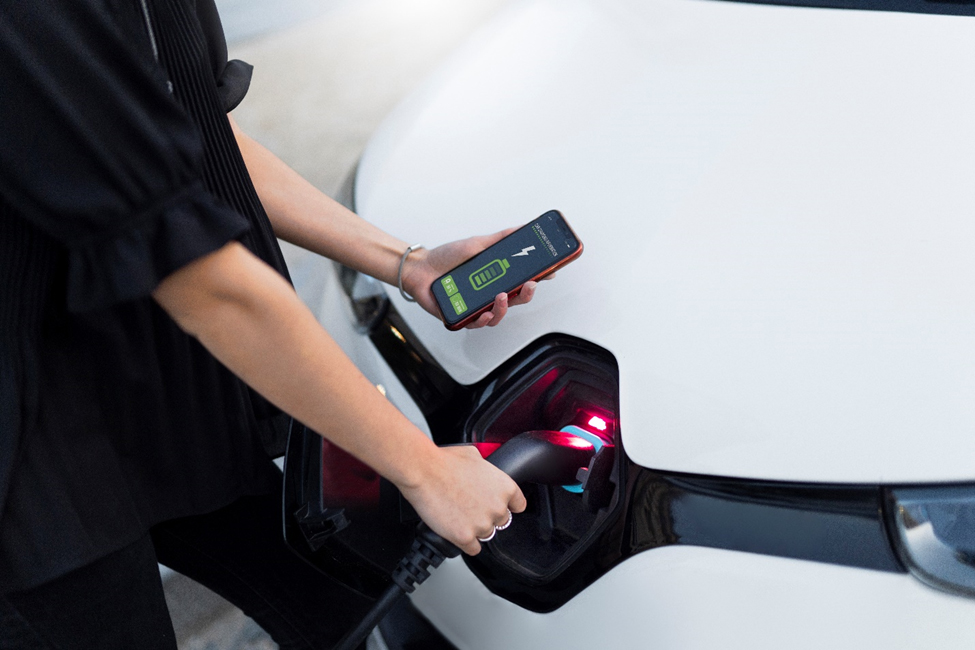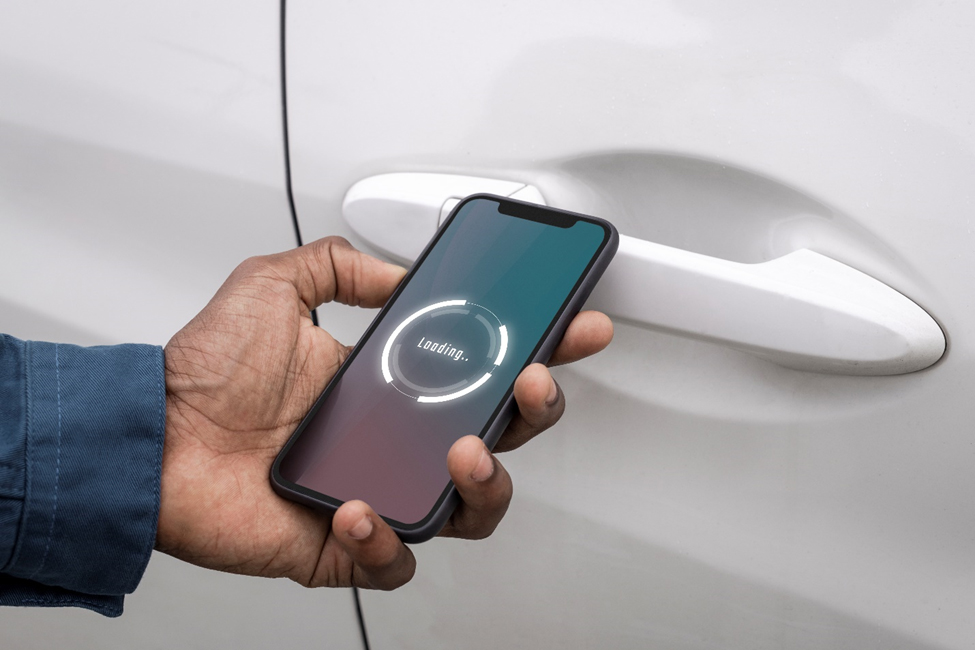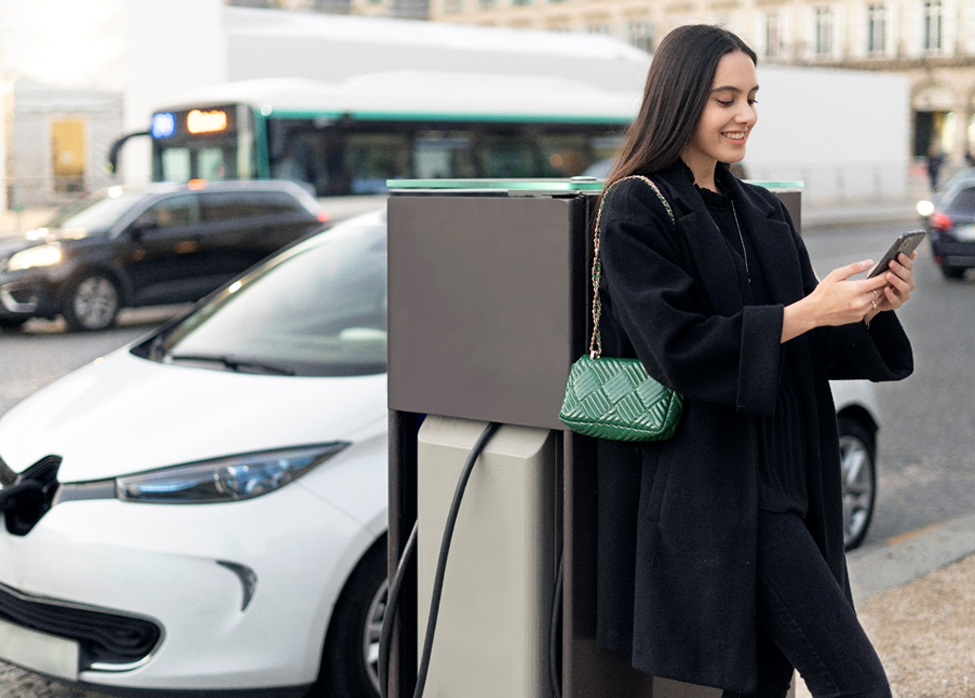Summary
Electric vehicles are the future of modern transportation, and you can get ahead of the curve by installing commercial electric car chargers in your business. Apart from giving you a steady stream of income, this installation will also increase the value of your property.
However, to keep your customers satisfied and stay ahead of the competition, you must ensure that you schedule regular EV charging maintenance. Proper maintenance goes beyond cleaning cables and wires and ensures software is updated and all safety codes are complied with.
Table of Contents
Introduction
Since electric cars are now so widely used, transportation has completely changed, making commercial electric car chargers more crucial now than ever.
A record 1.2 million EVs were sold in the U.S. in 2023, and while most charging is done at home, there’s a rising need for critical public charging infrastructure to support transportation as a whole.
A commercial electric car charger is a sophisticated piece of electrical equipment. While it does not require as much mechanical maintenance as gas stations, there is a great emphasis on keeping the electrical components in top working condition.
To keep your electrical charger working efficiently, you need a contractor experienced in large-scale electrical work and maintenance, like Tercero Inc. In this article, we will discuss EV charger maintenance tips for businesses.
Importance of Proper Management and Maintenance

The typical commercial electric car charger needs to be managed effectively and maintained on a regular basis. If commercial chargers are not properly maintained, they may lead to explosions, fires, or increased downtime, which can lead to loss of customers.
Frequent upkeep guarantees the charging infrastructures’ lifespan and optimum performance. It also lowers repair costs and enhances charger accessibility.
Additionally, you can maximize the functionality and dependability of your charging station and enhance client satisfaction by carrying out routine inspections, taking care of maintenance issues, and taking preventive measures.
Regular Inspection and Monitoring
To avoid failures, commercial electric car chargers must undergo routine inspections. A certified commercial electrician should perform these checks on a weekly or monthly basis, with an emphasis on avoiding and resolving problems as soon as they are identified. In most cases, you can monitor the charging units remotely and tend to them as needed or when problems arise. You should also look for signs of wear and tear, especially in sensitive components like cables and charging ports.
Considering that most commercial charging stations are installed in open spaces, part of the inspection involves regularly wiping down the cables and other external components to prevent the accumulation of dust and debris. To avoid corrosion, stations located in high humidity or near seawater will require extra attention.
You should also be aware that various weather circumstances pose distinct risks and require focused inspections. Throughout the winter months, make sure the chargers are shielded from precipitation, snow, hail, and other elements. Additionally, the heat of summer will reduce charging efficiency. Thankfully, for us here in Los Angeles, our weather is more temperate and we can relax knowing that we don’t have to deal with quite as many issues due to weather.
Addressing Common Issues and When to Call in a Professional
Because they are designed to resist challenging conditions, electric car chargers typically only need routine cleanings and inspections to remain in good operating condition. But occasionally, you might need to call in a professional. The following are signs of when to call in a professional:
- External damage: Any exterior damage can negatively impact the charging infrastructure’s efficacy and, if left unattended, result in unhappy customers and financial loss.
- Exposed wiring: The wire should be contained within the cable. Exposed wires are a fire hazard and could lead to electric shock. Make an immediate appointment with an electrician to fix any exposed wires you come across.
- Slower than usual charging times: On average, a battery can be charged with a commercial electric car charger in as low as 30 minutes with a level 3 charger and a few hours with a high powered level 2. If you observe that your charger is taking longer than that, you should contact an expert.
- Overheating: If your charger is getting hot or gets hot frequently, it can lead to reduced performance and could also be a fire hazard. So, you should have a professional take a look at it.
- Error message: Error messages on your charger’s display always indicate underlying technical or electrical issues. You should have a professional examine the problem and determine its cause.
Software Updates and Upgrades

Commercial electric car chargers are a networked technology whose efficiency can be improved through software updates. These updates could include bug fixes and new features that make charging more efficient for car owners.
Software updates and upgrades improve efficiency and ensure that chargers are compatible with new EV models and charging protocols. They also address firmware vulnerabilities and increase the security of user data.
Ensuring Compliance and Safety
Commercial electric car chargers include intricate high-voltage electrical wiring, which can cause electrical shock, explosion, and fire, especially if installation and safety regulations are broken.
To protect users, a certified electrician should inspect for obvious damage, loose connections, and ground fault circuit disruptors. Routine evaluations of leakage protection devices, overcurrent’s, short circuits, and core protection devices should also be part of additional electrical safety checks.
Other checks you can perform include visually checking for wear and tear, charging cables, and measuring the current-voltage charge per charger.
Partnering with Professional Services
Don’t wait for your charging station to malfunction before scheduling regular maintenance with a professional electrical company. It is almost always too late or expensive to fix when a fault becomes obvious.
When partnering with a contractor, you should ensure the company has relevant EV charger installation and maintenance experience. Most commercial electric car charger services call for specialized knowledge and automated equipment, which can only be performed after obtaining the necessary certificates and permits.
If you require dependable EV charger installation services in Los Angeles, Tercero Inc. is the best choice for high-quality evaluation and services.
Conclusion
Technology requires maintenance to work properly and for a long time. The stakes are higher for commercial electric car chargers, as the complex electrical wiring and high-voltage charge make them a fire hazard and explosion risk at the slightest issue.
You should schedule regular maintenance for your charging station to prevent the loss of life and property and inconvenience to customers caused by an electrical or mechanical malfunction. Most industrial electrical contractors like Tercero Inc. have the required licenses and training to handle complex electrical maintenance issues. Contact Tercero Inc. now for more information on their processes and quotes.
FAQs
Some best practices for charging an electric vehicle are avoiding charging in harsh temperatures, keeping the battery between 20% and 80%, and charging regularly.
General maintenance for an electric car charger includes securely storing cables, regularly checking for wear and tear, updating and upgrading EV software, and hiring professional services.
The average EV charger has a lifespan of 10 to 15 years.
EV chargers fail because of a lack of proper maintenance and inspections.
External damage, exposed wiring, overheating, error messages, and slow charging times are some common EV charger issues.

